Power Control and Resource Allocation Strategy for Information Freshness Guarantee in Internet of Vehicles
-
摘要: 在差异化服务共存的车联网场景中,针对基于平均信息年龄(AoI)优化无法降低极端事件发生概率的问题,该文提出一种信息新鲜度保障的用户功率控制和资源分配策略。首先,根据系统模型刻画出车辆到车辆(V2V)用户状态更新信息新鲜度约束下最大化车辆到基站(V2I)用户体验质量(QoE)的问题。然后,结合与AoI中断约束等价的队列积压约束,并引入极值理论以优化AoI尾部分布。接着,基于李雅普诺夫优化方法将原问题转化最小化李雅普诺夫漂移加惩罚函数的问题,在此基础上求解最优的用户发射功率。最后,在构建超图的基础上,提出了一种基于遗传算法改进粒子群算法(GA-PSO)的资源分配策略确定最优的用户信道复用方式。仿真结果表明,相比于基准方案,所提方案能够在降低V2V链路AoI中断的极端事件发生概率的同时,提高约7.03%的V2I链路信道容量,实现V2I用户平均QoE提升。Abstract:
Objective In the Internet of Vehicles (IoV), where differentiated services coexist, the system is progressively evolving towards safety and collaborative control applications, such as autonomous driving. Current research primarily focuses on optimizing mechanisms for high reliability and low latency, with Quality of Service (QoS) parameters commonly used as benchmarks, while the timeliness of vehicle status updates receives less attention. Merely optimizing metrics like transmission delay and throughput is insufficient for ensuring that vehicles obtain status information in a timely manner. For example, in security-critical IoV applications, which require the exchange of state information between vehicles, meeting only the constraints of delay interruption probability or data transmission interruption does not fully address the high timeliness requirements of security services. To tackle this challenge and meet the stringent timeliness demands of security and collaborative applications, this paper proposes a user power control and resource allocation strategy aimed at ensuring information freshness. Methods This paper investigates user power control and resource allocation strategies to ensure information freshness. First, the problem of maximizing the Quality of Experience (QoE) for Vehicle-to-Infrastructure (V2I) users under the constraint of freshness in Vehicle-to-Vehicle (V2V) status updates is formulated based on the system model. Then, by incorporating the queue backlog constraint, equivalent to the Age of Information (AoI) violation constraint, the extreme value theory is applied to optimize the tail distribution of AoI. Furthermore, using the Lyapunov optimization method, the original problem is transformed into minimizing the Lyapunov drift plus a penalty function, based on which the optimal user transmission power is determined. Finally, a resource allocation strategy based on Genetic Algorithm improved Particle Swarm Optimization (GA-PSO) is proposed, leveraging a hypergraph structure to determine the optimal user channel reuse mode. Results and Discussions Simulation analysis indicates the following: 1. The proposed algorithm employs a channel gain differential partitioning method to cluster V2V links, effectively reducing intra-cluster interference. By integrating GA-PSO, it accelerates the search for the optimal channel reuse pattern in three-dimensional matching, minimizing signaling overhead and avoiding local optima. Compared with benchmark algorithms, the proposed approach increases V2I channel capacity by 7.03% and significantly improves the average QoE for V2I users ( Fig. 4 ). 2. As vehicle speed increases, the distance between vehicles also grows, leading to higher transmission power for V2V communication to maintain link reliability and timeliness. This power increase results in reduced V2I channel capacity, subsequently lowering the average QoE for V2I users. Simulation results show a nearly linear relationship between vehicle speed and average QoE for V2I users, suggesting a relatively uniform effect of speed on V2I link capacity (Fig. 5 ). 3. Under varying Vehicle User Equipment (VUE) densities, the extreme event control framework is used to compare the conditional Complementary Cumulative Distribution Function (CCDF) of AoI and V2V link beacon backlog. The equivalent queue constraint, derived using extreme value theory, effectively controls the occurrence of extreme AoI violations. The simulations show improved AoI tail distribution across different VUE densities (Fig. 6 andFig. 7 ). 4. With decreasing vehicle speed, the CCDF tail distribution of AoI improves (Fig. 8 ). Reduced speed shortens the transmission distance, decreasing V2V link path loss. This lower path loss, combined with less restrictive VUE transmission power limits, increases the V2V link transmission rate. As beacon transmission rate increase, beacon backlog is reduced, and the probability of exceeding a fixed AoI threshold decreases, ensuring the freshness of V2V beacon transmissions. 5. A comparison of curves under identical beacon reach rate (Fig. 9 ) reveals that worst-case AoI consistently increases with rising beacon reach rate. At low beacon arrival rate, the average AoI is high. However, once the V2V beacon queue accumulates beyond a certain threshold, further increases in the update arrival rate also raise the average AoI. In summary, the proposed scheme optimizes both the AoI tail distribution and the QoE for V2I users.Conclusions This paper investigates resource allocation and power control in vehicular network communication scenarios. By simultaneously considering the constraints of transmission reliability and status update timeliness in V2V links, restricted by the Signal-to-Interference-plus-Noise Ratio (SINR) threshold and the AoI outage probability threshold, the proposed strategy ensures both link reliability and information freshness. An extreme control framework is applied to minimize the probability of extreme AoI outage events in V2V links, ensuring the timeliness of transmitted information and meeting service requirements. The Lyapunov optimization method is then used to transform the original problem, yielding the optimal transmission power for both V2I and V2V links. Additionally, a GA-PSO-based three-dimensional matching algorithm is developed to determine the optimal spectrum sharing scheme among V2I, V2V, and subchannels. Numerical results demonstrate that the proposed scheme optimizes the AoI tail distribution while enhancing the QoE for all V2I users. -
Key words:
- Resource allocation /
- Power control /
- Age of Information (AoI) /
- Extreme events
-
表 1 仿真参数
参数 取值 载波频率 2 GHz 带宽 10 MHz 基站覆盖半径 500 m 基站与公路距离 35 m 车道宽度 4 m 车辆天线高度 1.5 m 车辆天线增益 3 dBi 基站接收机噪声 5 dB 车辆接收机噪声 9 dB V2I链路最大发射功率 23 dBm V2V链路最大发射功率 23 dBm V2V车辆收发距离 15 m 噪声功率 –114 dBm 车速 60 km/h 时隙长度 3 ms 最大可容忍AoI 60 ms AoI中断概率阈值 0.001 状态更新到达率 125 update/s 每个信标数据量大小 500 Byte -
[1] MLIKA Z and CHERKAOUI S. Deep deterministic policy gradient to minimize the age of information in cellular V2X communications[J]. IEEE Transactions on Intelligent Transportation Systems, 2022, 23(12): 23597–23612. doi: 10.1109/TITS.2022.3190799. [2] CLANCY J, MULLINS D, DEEGAN B, et al. Wireless access for V2X communications: Research, challenges and opportunities[J]. IEEE Communications Surveys & Tutorials, 2024, 26(3): 2082–2119. doi: 10.1109/COMST.2024.3384132. [3] Juniper Research. Connected vehicles: Operator opportunities, competitor leaderboard & market forecasts[EB/OL]. https://www.juniperresearch.com/research/telco-connectivity/operator-strategies/connected-vehicles-research-report, 2023. [4] FU Qiang, LIU Jiajia, and WANG Jiadai. A flexible resource allocation scheme for NR V2X based vulnerable road user protection[J]. IEEE Transactions on Vehicular Technology, 2024, 73(5): 6672–6686. doi: 10.1109/TVT.2023.3340655. [5] GUO Chongtao, LIANG Le, and LI G Y. Resource allocation for low-latency vehicular communications: An effective capacity perspective[J]. IEEE Journal on Selected Areas in Communications, 2019, 37(4): 905–917. doi: 10.1109/JSAC.2019.2898743. [6] 许耀华, 王慧平, 王贵竹, 等. 基于图着色和三维匹配的车联网资源分配算法[J]. 系统工程与电子技术, 2023, 45(3): 869–875. doi: 10.12305/j.issn.1001-506X.2023.03.29.XU Yaohua, WANG Huiping, WANG Guizhu, et al. Resource allocation algorithm for internet of vehicles based on graph coloring and three-dimensional matching[J]. Systems Engineering and Electronics, 2023, 45(3): 869–875. doi: 10.12305/j.issn.1001-506X.2023.03.29. [7] 韩珍珍, 周末, 刘恩慧, 等. 基于用户个性化服务质量的蜂窝车联网与车载自组织网异构车联网资源分配方法[J]. 电子与信息学报, 2021, 43(5): 1339–1348. doi: 10.11999/JEIT200429.HAN Zhenzhen, ZHOU Mo, LIU Enhui, et al. A personalized QoS-based resource allocation for cellular-vehicle to everything network and vehicle ad-hoc network heterogeneous vehicular network[J]. Journal of Electronics & Information Technology, 2021, 43(5): 1339–1348. doi: 10.11999/JEIT200429. [8] 中国信息通信研究院. 车联网白皮书(2022年)[R]. 北京: 中国信息通信研究院, 2023. [9] 林志坚, 侯映, 曹晓晓, 等. 车联网中基于信息年龄价值的边缘缓存策略[J]. 电子学报, 2023, 51(12): 3410–3421. doi: 10.12263/DZXB.20221409.LIN Zhijian, HOU Ying, CAO Xiaoxiao, et al. Edge caching scheme based on value of information age in the internet of vehicles[J]. Acta Electronica Sinica, 2023, 51(12): 3410–3421. doi: 10.12263/DZXB.20221409. [10] YU Baoquan, CAI Yueming, WU Dan, et al. Average age of information in short packet based machine type communication[J]. IEEE Transactions on Vehicular Technology, 2020, 69(9): 10306–10319. doi: 10.1109/TVT.2020.3004828. [11] KADOTA I and MODIANO E. Minimizing the age of information in wireless networks with stochastic arrivals[J]. IEEE Transactions on Mobile Computing, 2021, 20(3): 1173–1185. doi: 10.1109/TMC.2019.2959774. [12] KIM M, KIM J, KIM T, et al. Age of information based beacon transmission for reducing status update delay in platooning[J]. IEEE Transactions on Vehicular Technology, 2022, 71(10): 11306–11310. doi: 10.1109/TVT.2022.3185979. [13] QIN Xiaoqi, XIA Yangyang, LI Hang, et al. Distributed data collection in age-aware vehicular participatory sensing networks[J]. IEEE Internet of Things Journal, 2021, 8(19): 14501–14513. doi: 10.1109/JIOT.2021.3049999. [14] PENG Nuoheng, LIN Yan, ZHANG Yijin, et al. AoI-aware joint spectrum and power allocation for internet of vehicles: A trust region policy optimization-based approach[J]. IEEE Internet of Things Journal, 2022, 9(20): 19916–19927. doi: 10.1109/JIOT.2022.3172472. [15] WANG Jian, CAO Tengfei, WANG Xiaoying, et al. Resource scheduling in vehicular networks with age of information and channel awareness[C]. 2022 IEEE/CIC International Conference on Communications in China (ICCC), Foshan, China, 2022: 344–349. doi: 10.1109/ICCC55456.2022.9880785. [16] HAAN L and FERREIRA A. Extreme Value Theory: An Introduction[M]. New York: Springer, 2006. doi: 10.1007/0-387-34471-3. [17] CHAMPATI J, AL-ZUBAIDY H, and GROSS J. Statistical guarantee optimization for age of information for the D/G/1 queue[C]. IEEE Conference on Computer Communications Workshops (INFOCOM WKSHPS), Honolulu, HI, USA, 2018: 130–135. doi: 10.1109/INFCOMW.2018.8406909. [18] ABDEL-AZIZ M K, LIU Chenfeng, SAMARAKOON S, et al. Ultra-reliable low-latency vehicular networks: Taming the age of information tail[C]. 2018 IEEE Global Communications Conference (GLOBECOM), Abu Dhabi, United Arab Emirates, 2018: 1–7. doi: 10.1109/GLOCOM.2018.8647466. [19] NEELY M J. Stochastic Network Optimization with Application to Communication and Queueing Systems[M]. Cham: Springer, 2010: 1–211. doi: 10.1007/978-3-031-79995-2. [20] 程前. 基于NOMA的车联网V2X功率控制研究[D]. [硕士论文], 北方工业大学, 2021. doi: 10.26926/d.cnki.gbfgu.2021.000491.CHENG Qian. Research on V2X power control of vehicle networking based on NOMA[D]. [Master dissertation], North China University of Technology, 2021. doi: 10.26926/d.cnki.gbfgu.2021.000491. [21] 3GPP. 3GPP TR 36.885 Study on LTE-based V2X services[S]. Sophia Antipolis: 3GPP Organizational Partners, 2016. [22] SUN Wanlu, YUAN Di, STRÖM E G, et al. Cluster-based radio resource management for D2D-supported safety-critical V2X communications[J]. IEEE Transactions on Wireless Communications, 2016, 15(4): 2756–2769. doi: 10.1109/TWC.2015.2509978. [23] LIANG Le, XIE Shijie, LI G Y, et al. Graph-based resource sharing in vehicular communication[J]. IEEE Transactions on Wireless Communications, 2018, 17(7): 4579–4592. doi: 10.1109/TWC.2018.2827958. [24] LIU Chenfeng and BENNIS M. Ultra-reliable and low-latency vehicular transmission: An extreme value theory approach[J]. IEEE Communications Letters, 2018, 22(6): 1292–1295. doi: 10.1109/LCOMM.2018.2828407. -






 下载:
下载:
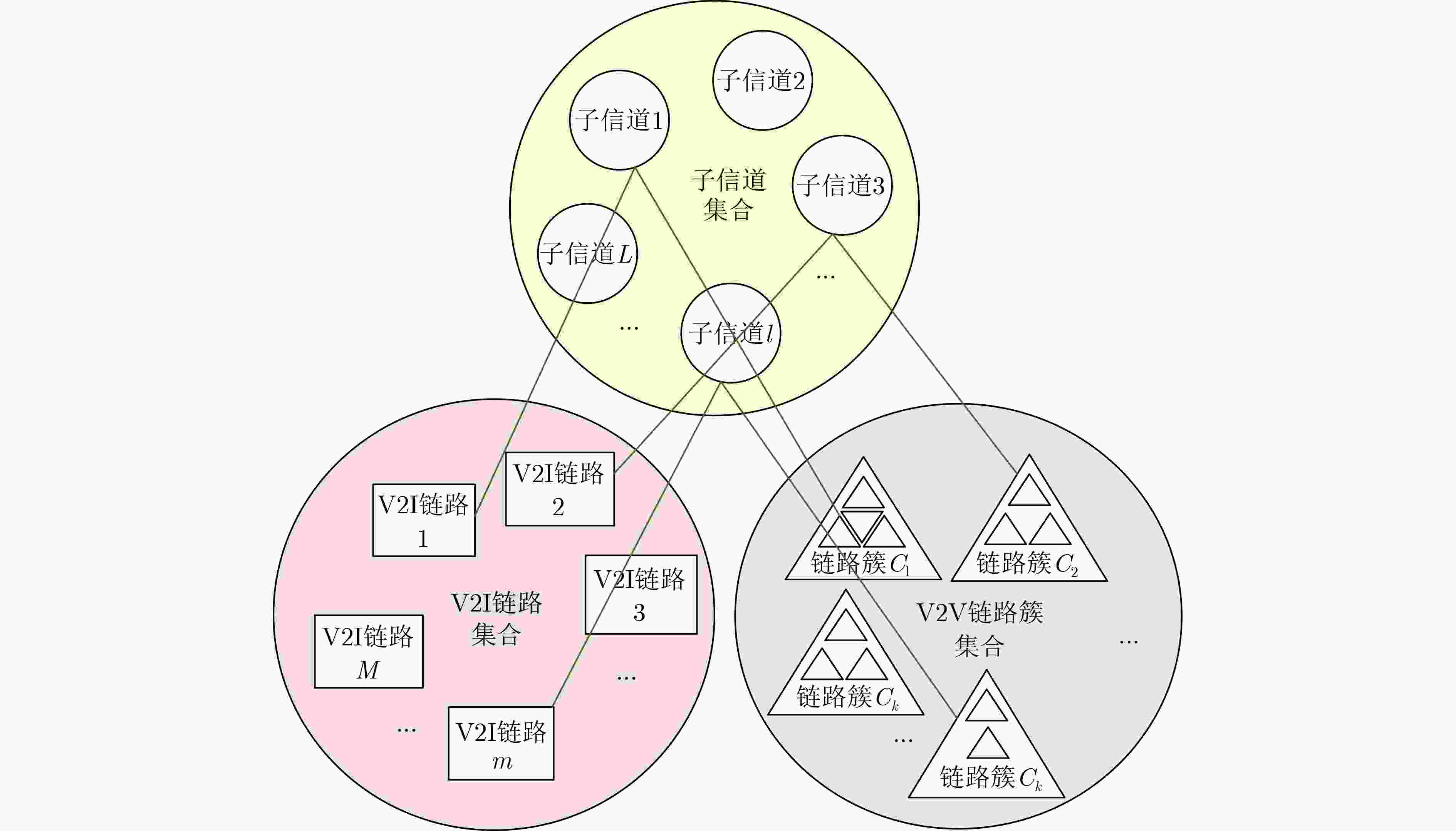

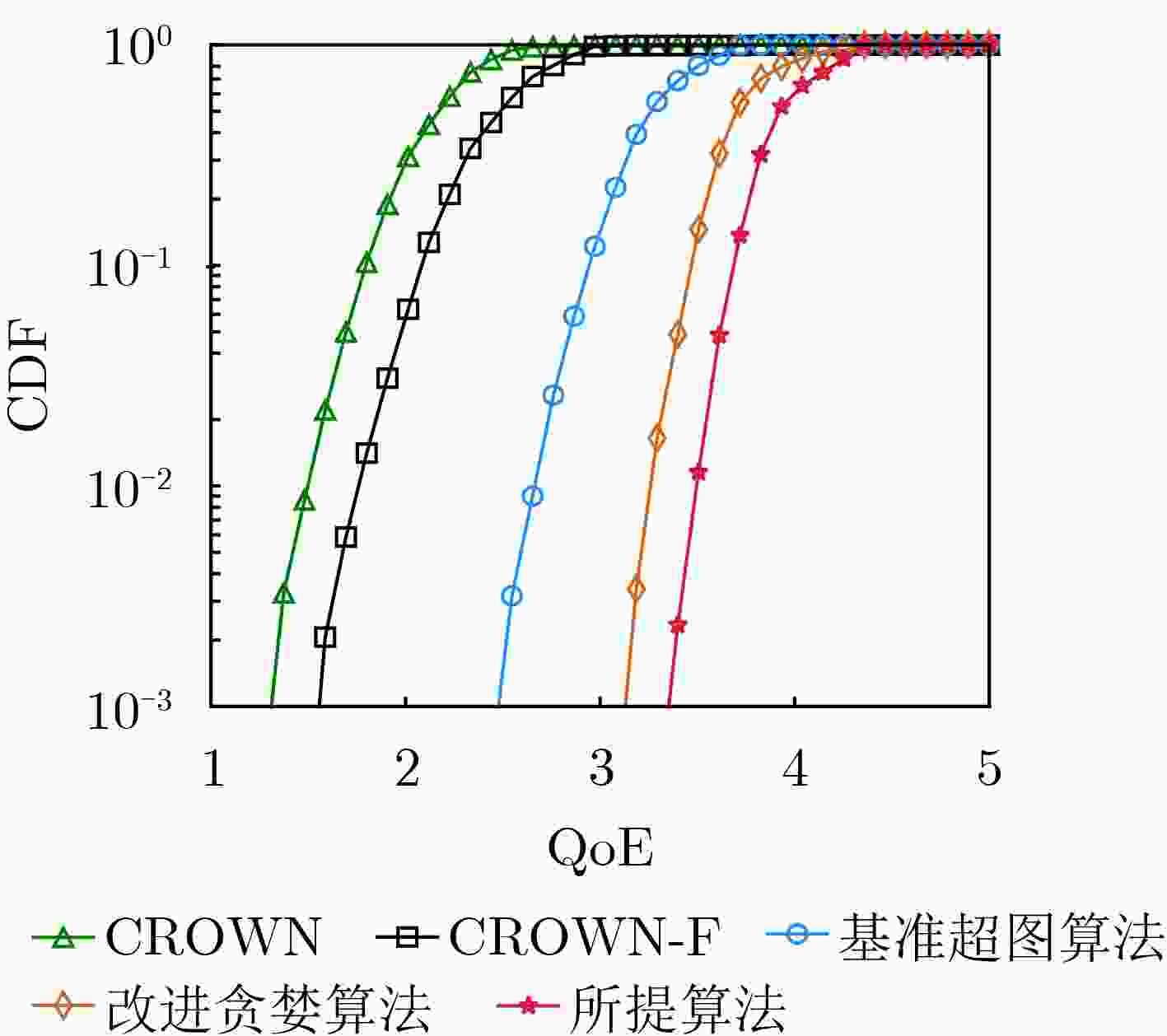
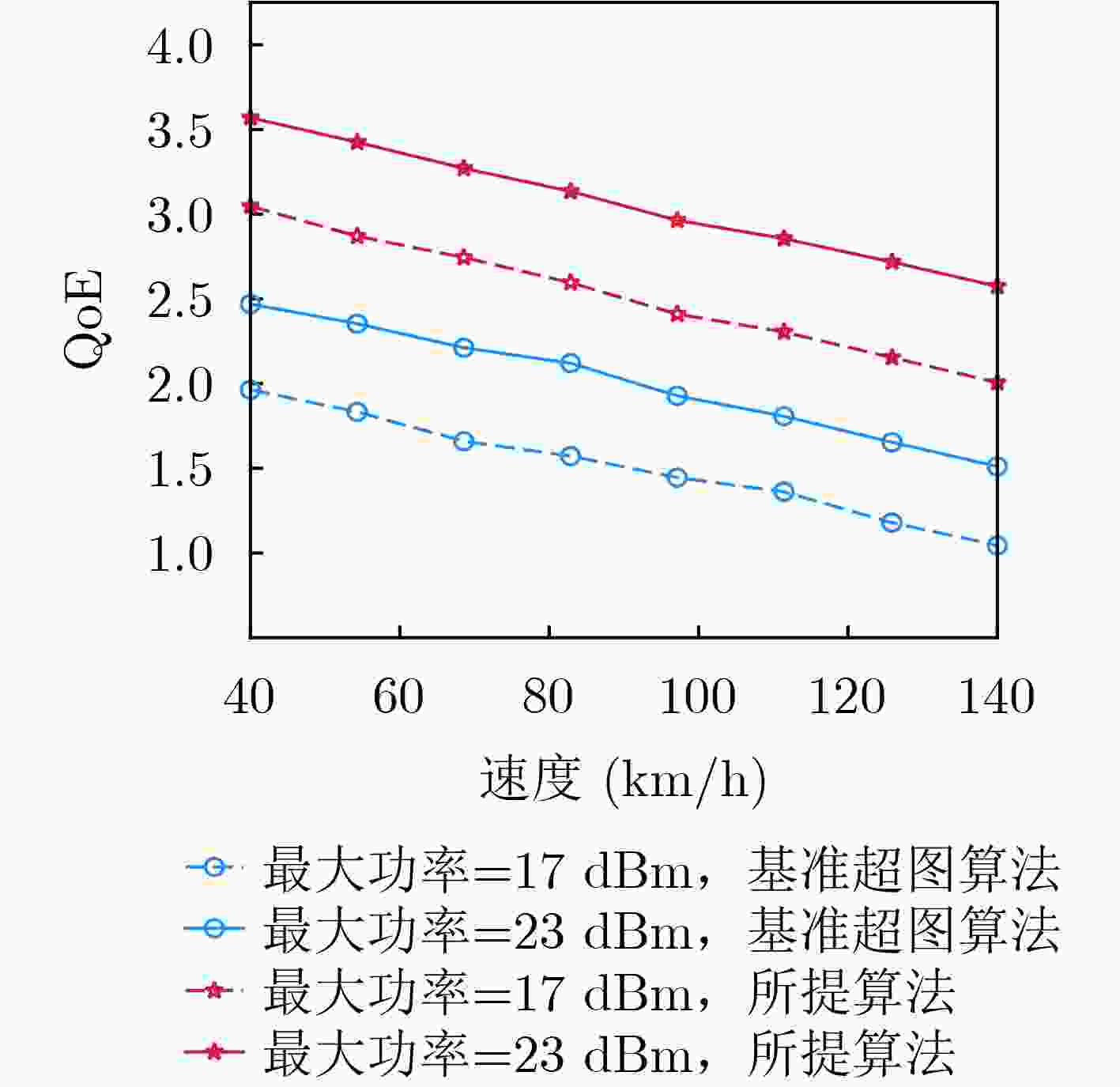
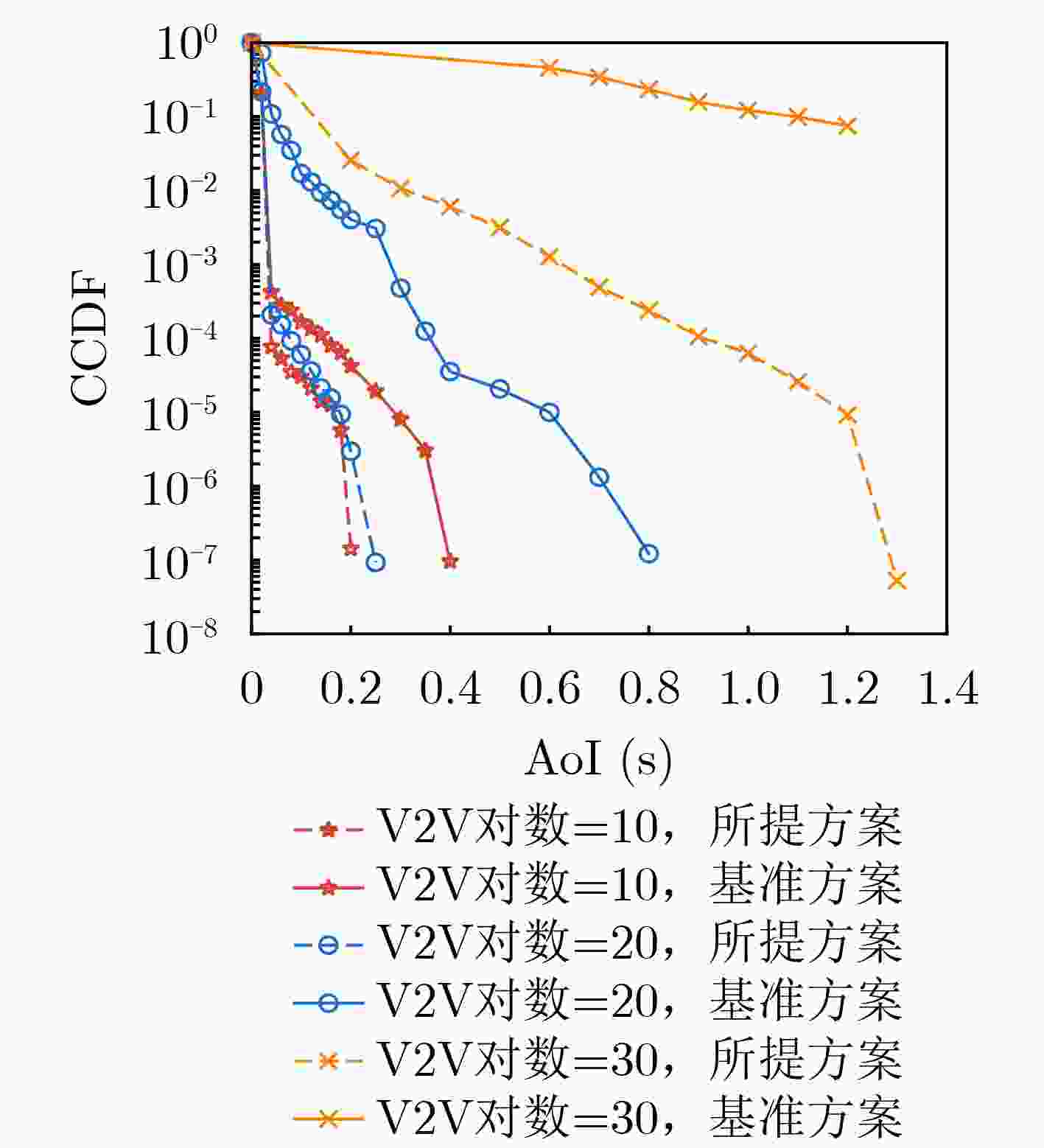

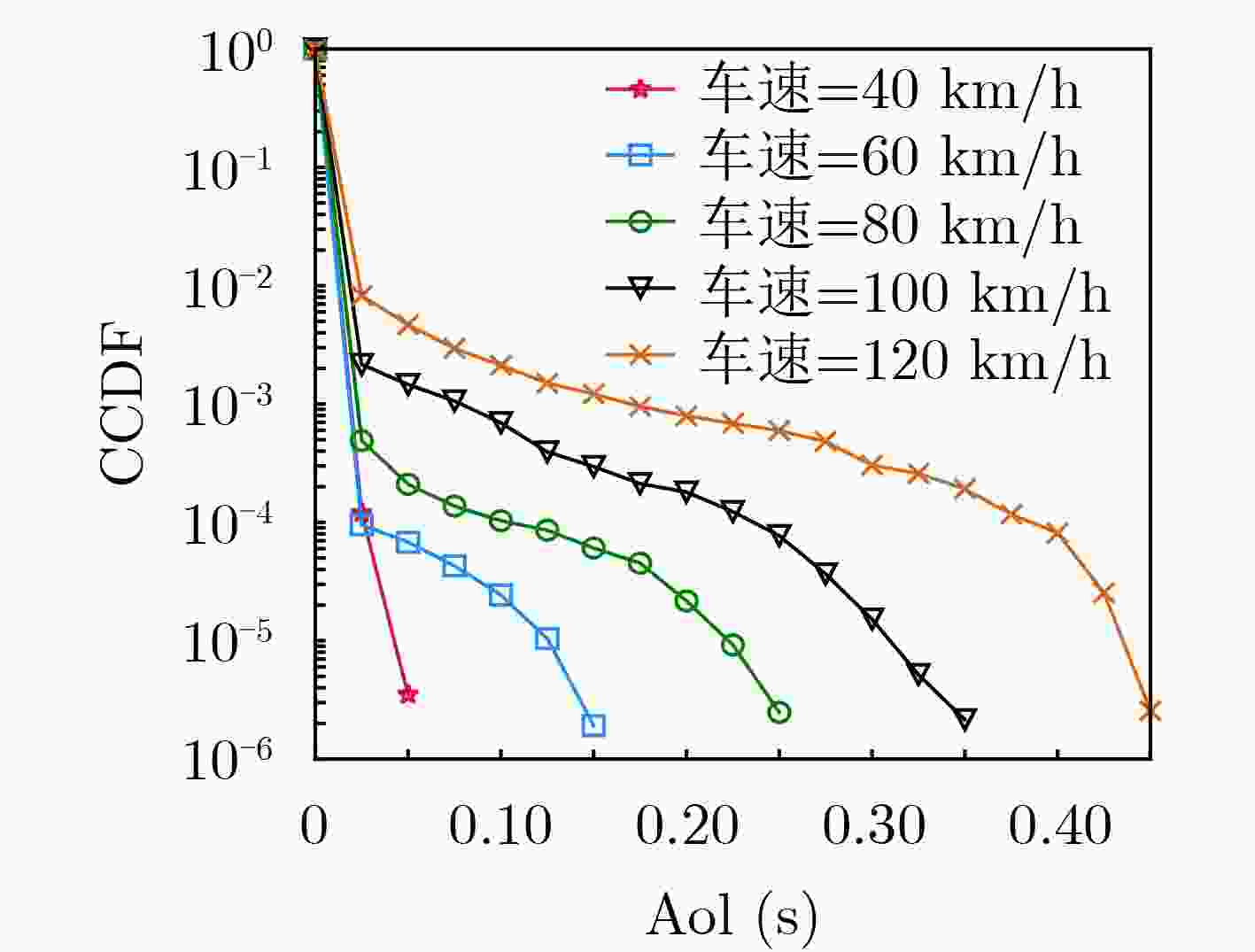
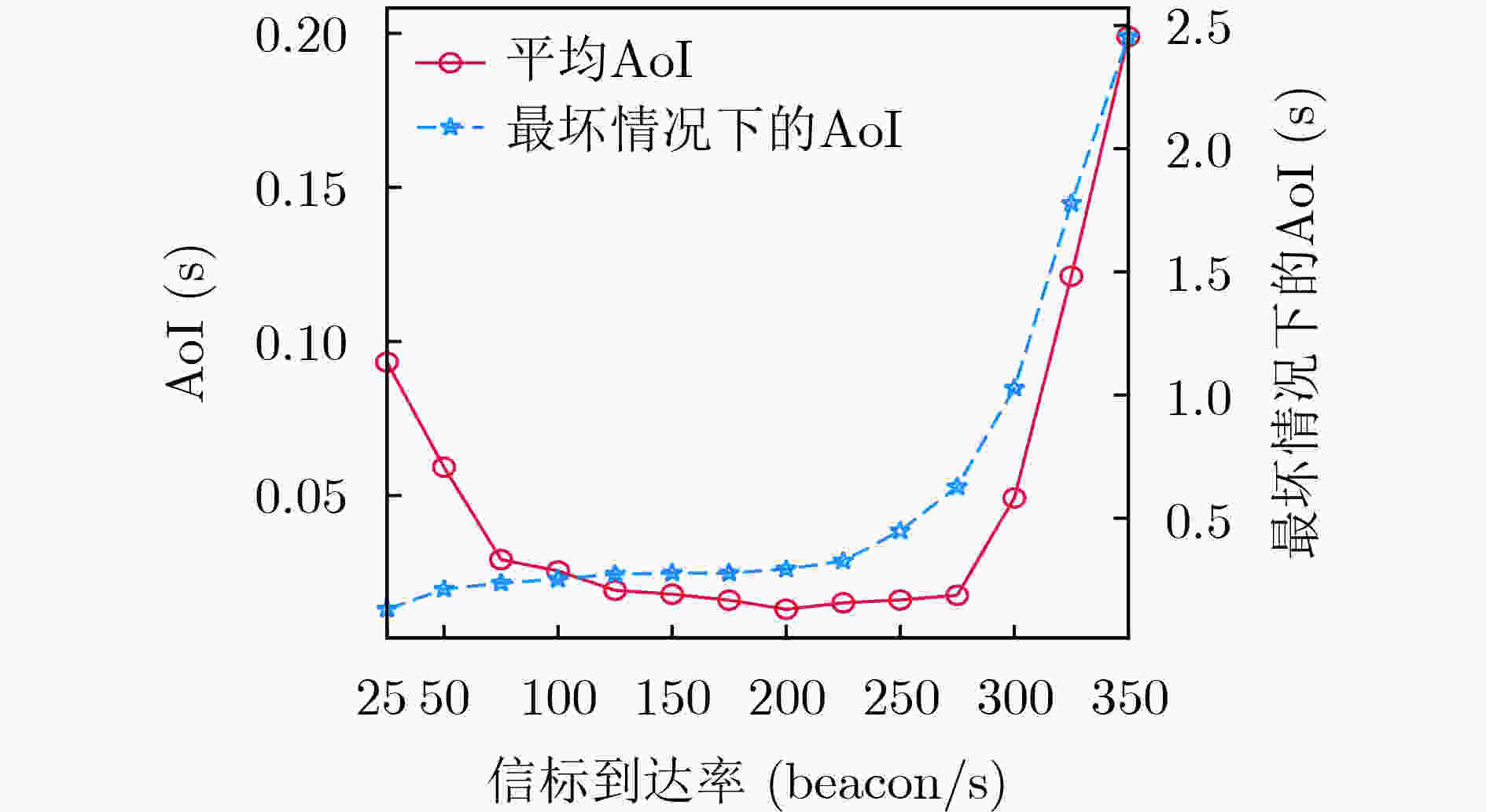


 下载:
下载:
